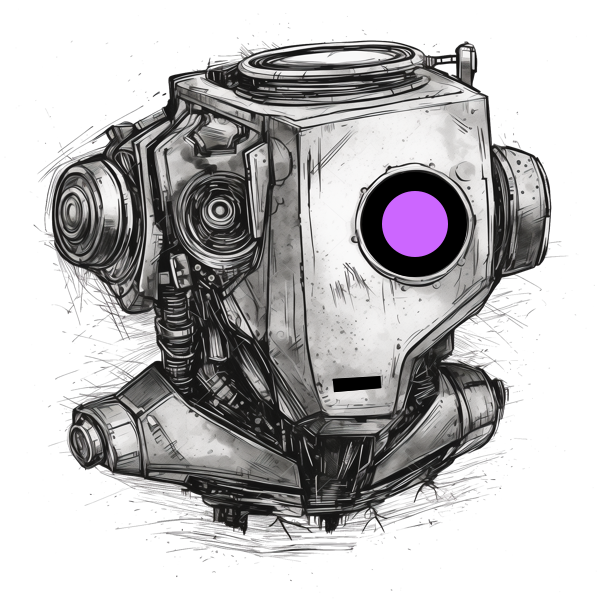Set against the backdrop of John Cage’s composition, this audio collage features Marcel Duchamp discussing his ego-driven intention to ‘kill art.’ It then transitions to John Cage, who advocates for creating art free of the artist’s ego, focusing on its removal from the process.
The narrative of art history is a tale of shifting perspectives and cyclical evolution. Initially, art served as a medium for conveying grander concepts and moral narratives, acting more as a signifier than an autonomous aesthetic experience. This paradigm shifted with the advent of modern art, a period marked by the unity of form and aesthetic essence, focusing on “art for art’s sake” and the pure pleasure of visual beauty.
Yet, this trajectory was reversed, influenced notably by artists like Marcel Duchamp, who labeled the works of modern period “retinal art” to condescendingly describe art that appealed only to the eye. This was a counter-revolution, bringing back the traditional, conceptual approach to an artwork, valuing the idea, the concept, over the aesthetic value. Or poetics. Or beauty. This marked a shift to the new regime, the regime of conceptual interpretations and intellectual engagement which, unexpectedly even for Duchamp, became the new canon, the doctrine for the next (at least) 100 years.
Duchamp (1968): […] The fact they [Ready-mades] are regarded with the same reverence as objects of art probably means I failed to solve the problem of trying to do away entirely with art. It is partly perhaps because I have only a few Ready-mades. If I can count 10, 12 gestures of this kind in my life, that is all. And I’m glad I did now because this is where the artists of today are wrong, I think. Must you repeat? Repetition has become the great enemy of art in general.
– What you were also attempting to do, as I understand, was to devalue the art as an object, simply by saying “If I say it’s a work of art, that makes it a work of art”.
– Yeah, but … work of art is not so important for me. I don’t care about the word art, because it’s been so, you know, discredited.
– But you in fact contributed to this discrediting, didn’t you, quite deliberately?
– Yes, deliberately, so I really wanted to get rid of it, because the way many people today have done away with religion, it’s sort of unnecessary adoration of art today which I find unnecessary. And I think, I don’t know, this is a difficult position because I’ve been in it all the time and still want to get rid of it, you see? And I cannot explain everything I do because I do things, the way people do things, and they don’t know why they do it, you know?
Sources:
An Interview with Marcel Duchamp, From 1968
Marcel Duchamp interview on Art and Dada (1956)
Marcel Duchamp – BBC interview (1968)
John Cage Interviewed by Jonathan Cott (1963)




